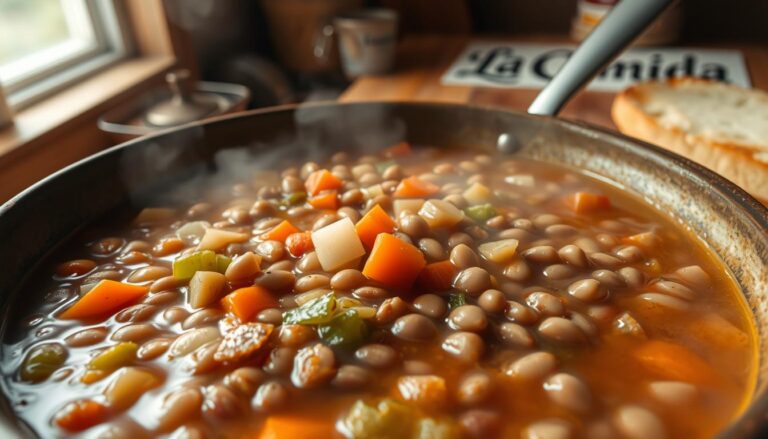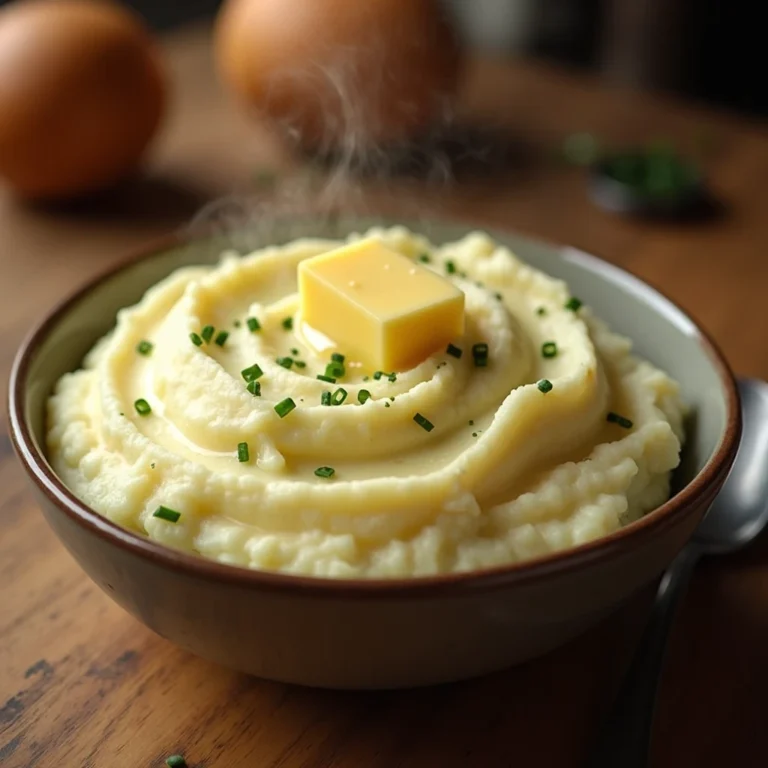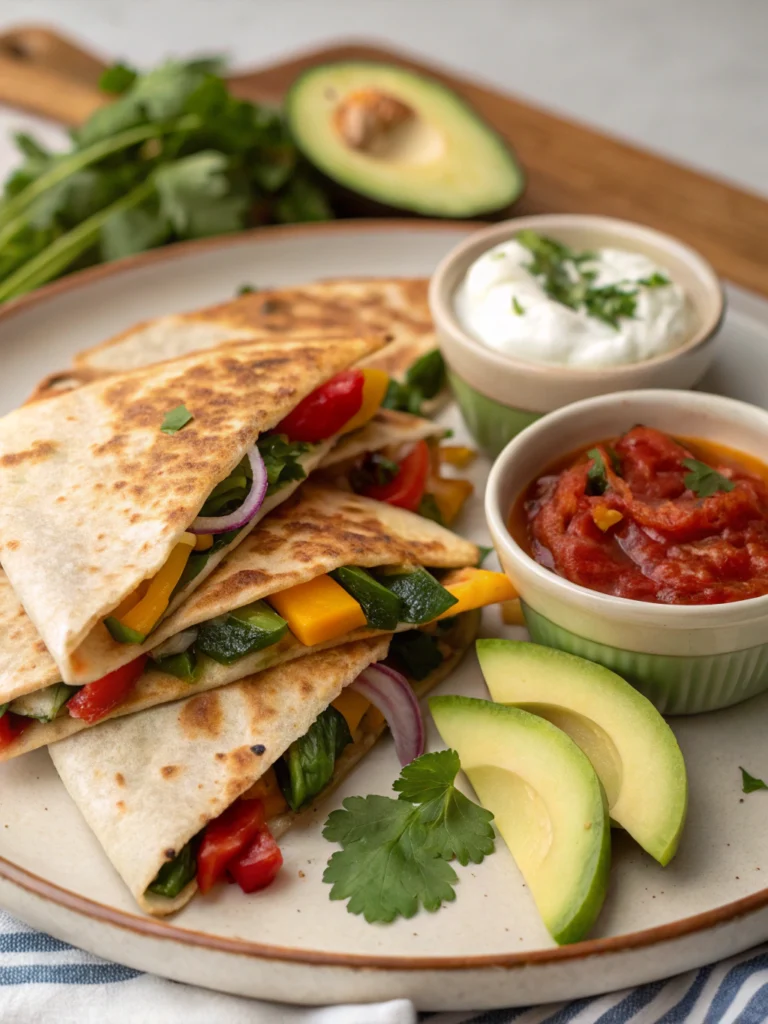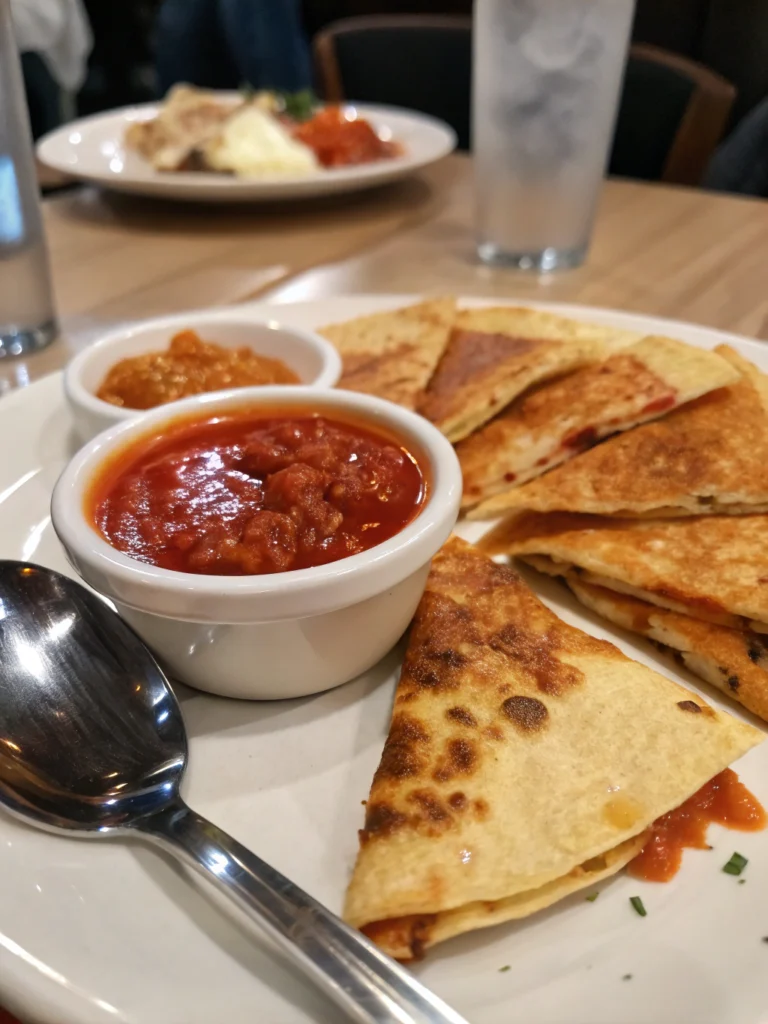Mole Poblano: 100% Flavorful Celebration of Mexican Cuisine
Mole Poblano is more than just a dish—it’s a celebration of flavor, history, and culture. Imagine a deep, rich sauce that combines the earthy heat of chilies with the sweetness of chocolate, all enveloped in a silky smooth texture. The scent alone transports you to the heart of Puebla, Mexico, where this iconic dish has been perfected over centuries. Each bite is an explosion of complex flavors that reflect the fusion of indigenous ingredients and Spanish influence. Mole Poblano is a dish with a story, and it’s no wonder why it’s beloved by so many across Mexico and beyond.
Often reserved for special occasions, this dish is a true labor of love, but it’s also an expression of family tradition, joy, and community. Whether enjoyed during celebrations like Día de los Muertos, weddings, or simply as a comforting meal on a rainy evening, Mole Poblano is woven into the fabric of Mexican culture. Let’s dive into this delicious journey through its origins, preparation, and secrets.
Table of Contents
Key Takeaways
- Origins & Cultural Significance: Mole Poblano is a traditional Mexican dish from Puebla, rich in history and significance. It’s often served at major celebrations and holidays.
- Essential Ingredients: The dish uses a complex blend of chilies, chocolate, nuts, seeds, and spices, each contributing to its unique flavor profile.
- Cooking Method: It’s typically simmered slowly to allow the flavors to meld. Patience is key to achieving that signature deep taste.
- Serving Style: Mole Poblano is most commonly served with chicken or turkey, but it can also accompany vegetables or other meats.
- Variations: There are numerous regional variations, including different types of chilies, chocolates, and additional ingredients. Some even add fruit or alcohol.
- Nutritional Benefits: The dish offers a blend of protein, healthy fats, and antioxidants from its rich ingredients like dark chocolate, seeds, and chilies.
Cultural Heritage
Mole Poblano dates back to colonial times, with its roots in Puebla, Mexico. The legend goes that it was created by a nun who, tasked with preparing a dish for a visiting bishop, combined various ingredients she had on hand, resulting in the birth of this legendary sauce. While the origin story is steeped in folklore, there is no denying that Mole Poblano represents the fusion of indigenous Mexican ingredients like chilies, maize, and chocolate with European elements brought by the Spanish. This fusion encapsulates the broader history of Mexican cuisine—rich, complex, and influenced by multiple cultures.
Throughout Mexico, Mole Poblano is served on festive occasions, particularly during Día de los Muertos (Day of the Dead) and other significant celebrations. It’s a symbol of Mexican identity, history, and the warmth of home cooking. While Puebla is most famous for this dish, variations of mole are made throughout Mexico, each with its unique twist and regional ingredients.
Essential Ingredients
Mole Poblano owes its complexity to the careful balance of ingredients. Here are the essentials:
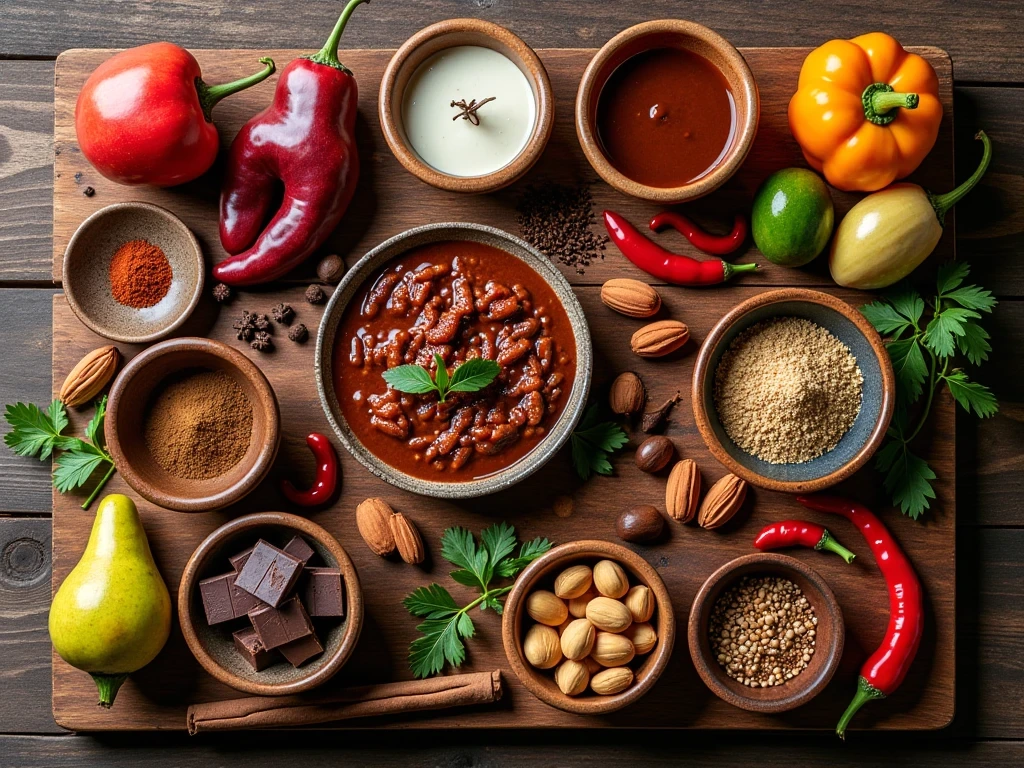
- Chilies: A variety of dried chilies such as pasilla, mulato, and ancho provide the base for the mole. These chilies give the sauce its earthy heat and depth of flavor.
- Chocolate: Dark chocolate adds richness and a subtle sweetness that balances the heat from the chilies. The chocolate used should be high quality, with at least 70% cocoa.
- Nuts and Seeds: Almonds, peanuts, and sesame seeds add a creamy texture and a nutty flavor that complements the chilies and chocolate.
- Spices: Cinnamon, cloves, cumin, and coriander bring warmth and complexity to the sauce.
- Tomatoes and Onions: These ingredients help create the base of the mole and add richness and body.
- Garlic: A key ingredient for depth of flavor.
For the best results, using high-quality, traditional ingredients is essential. If possible, choose artisanal Mexican chocolate and authentic dried chilies, which will elevate the flavor profile.
Preparation and Marination Techniques
Mole Poblano is a slow-cooked dish that requires patience. Here’s how to prepare it:
Step 1: Toast the Chilies
First, toast your dried chilies lightly in a dry skillet, but be careful not to burn them. This step helps release their natural oils and deepens the flavor.
Step 2: Prepare the Spices
Toast your seeds (sesame, pumpkin, or sunflower) and nuts (almonds, peanuts) until they’re lightly golden. This will bring out their nuttiness and enhance the flavor.
Step 3: Blend the Ingredients
Once your chilies, nuts, seeds, and spices are toasted, blend them together with tomatoes, onions, garlic, and a piece of chocolate. Add a bit of chicken broth to help achieve the right consistency. The result should be a thick, rich paste.
Step 4: Simmer the Mole
In a large pot, simmer the mole over low heat, adding more broth as needed to adjust the consistency. Stir frequently and let the sauce cook for at least an hour, allowing the flavors to meld and deepen.
Step 5: Marinate the Meat
While the mole is simmering, marinate your chicken (or turkey) with some of the mole sauce. This step infuses the meat with the complex flavors of the mole.
The Secret to Authentic Seasoning
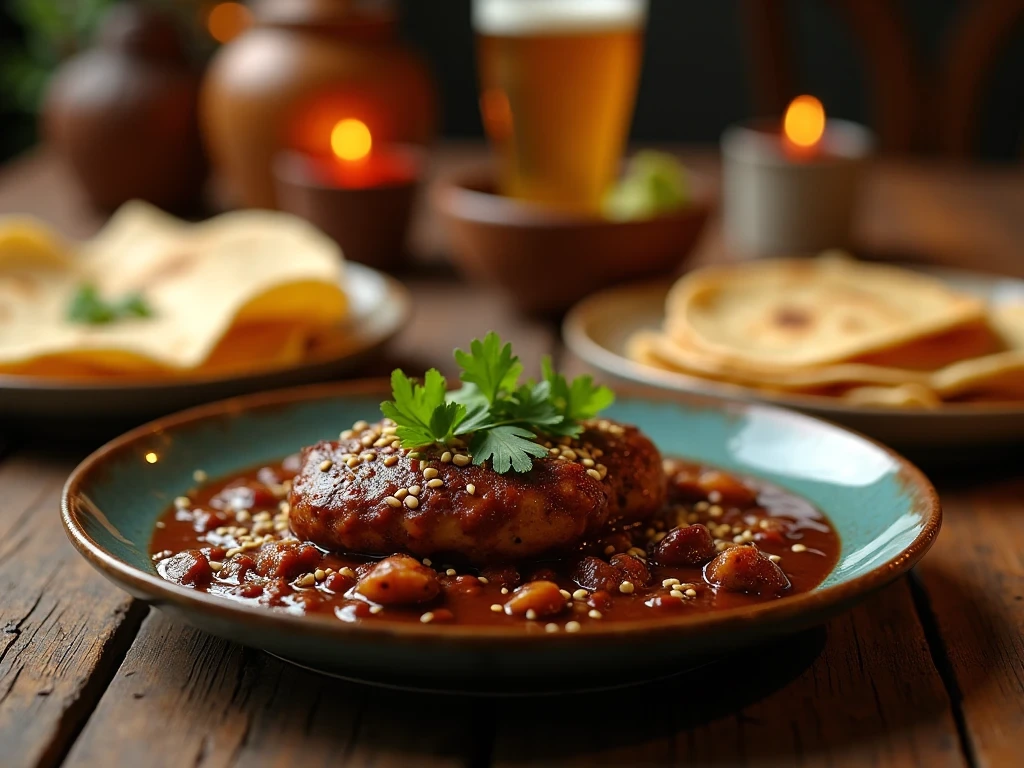
Mole Poblano is all about balance. The combination of sweet and spicy is what makes the dish so unique. The key is to adjust the seasoning as you go. Taste your mole sauce frequently and tweak the ingredients to your liking. You may prefer it spicier, with more chilies, or sweeter, with more chocolate or sugar. Don’t hesitate to experiment with the balance of nuts, spices, and herbs to achieve your perfect version.
Step-by-Step Cooking Method
- Toast and Blend: Toast the dried chilies, nuts, seeds, and spices. Then blend them with tomatoes, garlic, onions, and a piece of chocolate until smooth.
- Simmer: In a large pot, simmer the blended mixture with chicken broth for about an hour, stirring occasionally.
- Prepare the Meat: Marinate chicken or turkey with a portion of the mole sauce for about 30 minutes before cooking.
- Cook the Meat: You can either bake or grill the marinated meat, then serve with the rest of the mole sauce poured over it.
- Serve: Garnish with toasted sesame seeds and serve with rice, tortillas, or Mexican beans.
Common Mistakes to Avoid
- Burning the Chilies: Toast them gently; burnt chilies can make your mole bitter.
- Overblending: Blend until smooth, but don’t overdo it. A slight texture is often desired.
- Skipping the Simmering Step: Mole Poblano needs time to develop its flavors. Don’t rush the cooking process!
Traditional Side Dishes & Accompaniments
Mole Poblano is often served with white rice, warm tortillas, or a side of Mexican beans. A fresh salad with citrus dressing also provides a nice balance to the rich mole. To drink, try pairing it with a refreshing agua fresca, a cold Mexican beer, or a rich, dark coffee.
Storage and Reheating Guidelines
Mole Poblano can be stored in the refrigerator for up to a week. To reheat, simply warm it in a saucepan over low heat, adding a little more chicken broth if it has thickened. If you want to store it longer, mole can be frozen for up to three months. Be sure to let it cool completely before transferring it to an airtight container for freezing.
Conclusion
Mole Poblano is more than just a dish; it’s an experience. The intricate blend of flavors, the slow-cooked process, and the rich cultural history make it a truly special meal. It’s a dish to be savored and shared with loved ones, and a perfect way to celebrate the joy of Mexican cuisine. We invite you to try making this beautiful dish yourself, experiment with variations, and share your experience in the comments. What is your twist on this classic recipe? Let’s celebrate this rich cultural heritage together!
FAQ Section
Can ingredients be substituted for dietary preferences?
Yes, if you’re vegan, you can substitute the chicken for vegetables like mushrooms or tofu. For a gluten-free version, ensure that the chocolate and other ingredients are certified gluten-free.
How can the recipe be made vegan or gluten-free?
Use vegetable stock instead of chicken broth, and swap the chicken for plant-based proteins or vegetables. Make sure your chocolate and other pantry ingredients are gluten-free.
What are the best ways to adjust the recipe for different serving sizes?
Simply scale the ingredients proportionally. If you’re serving fewer people, you can make half the recipe and store leftovers for later.
Are there any popular variations or twists on the dish?
In Oaxaca, Mole Negro is a popular variation with even more intense flavors, including additional spices and sometimes fruit like plantains. Some people also add alcohol like beer or tequila for a unique twist.
Have you made Mole Poblano at home? What’s your favorite variation? Share your thoughts, personal twists, or any fond memories tied to this dish in the comments below!




